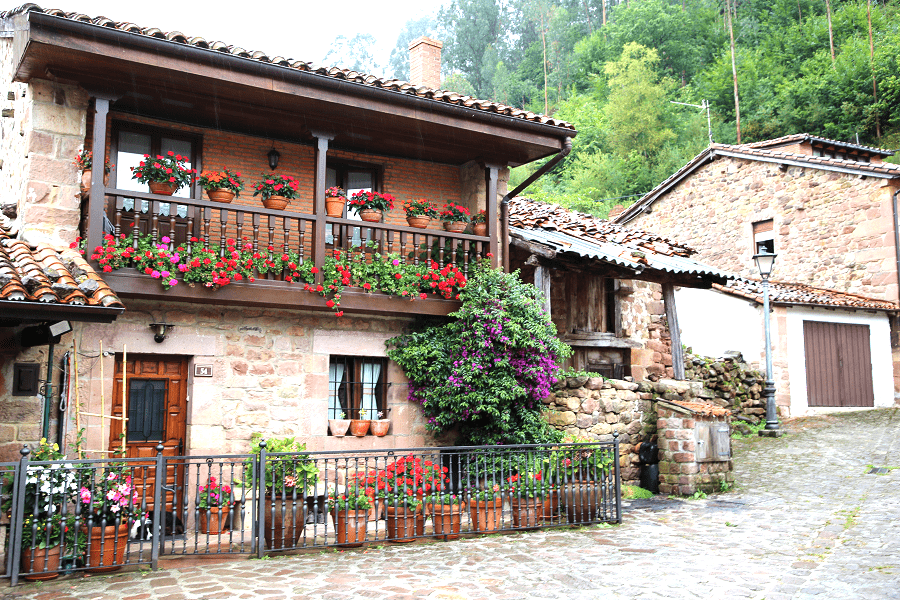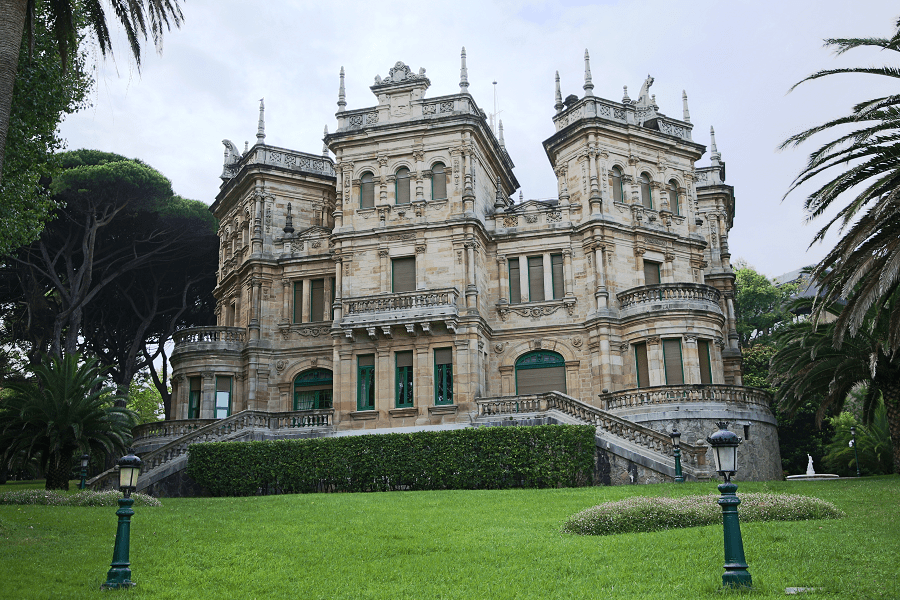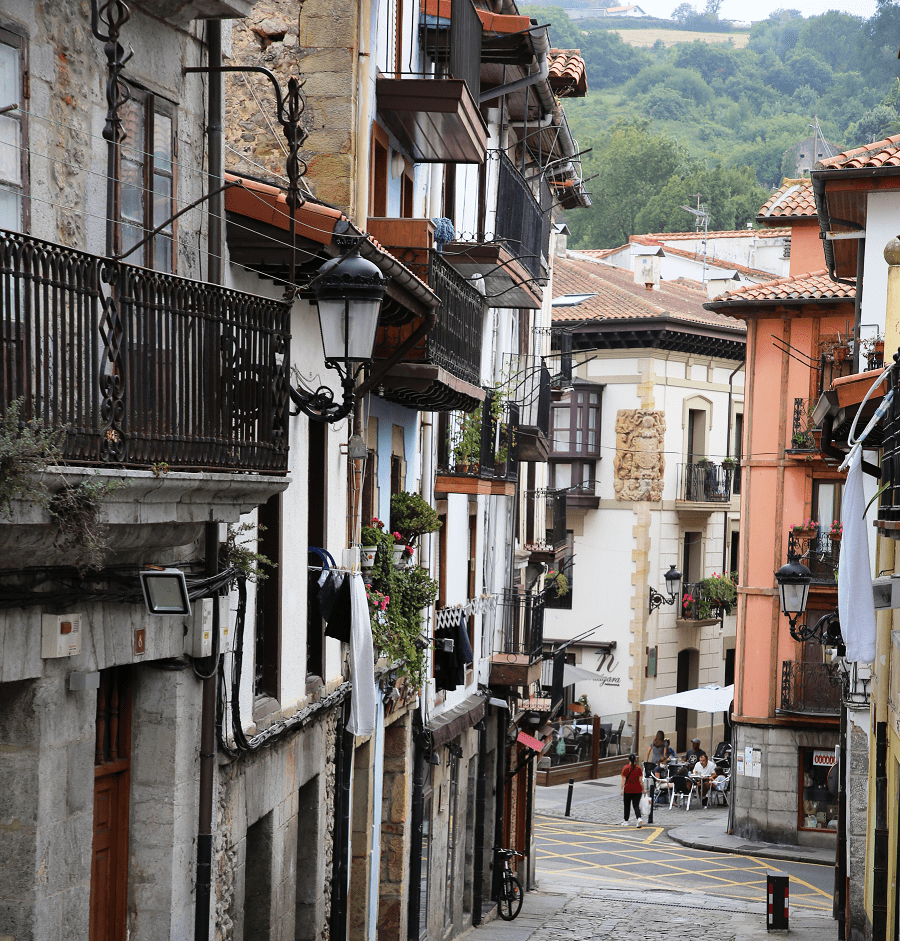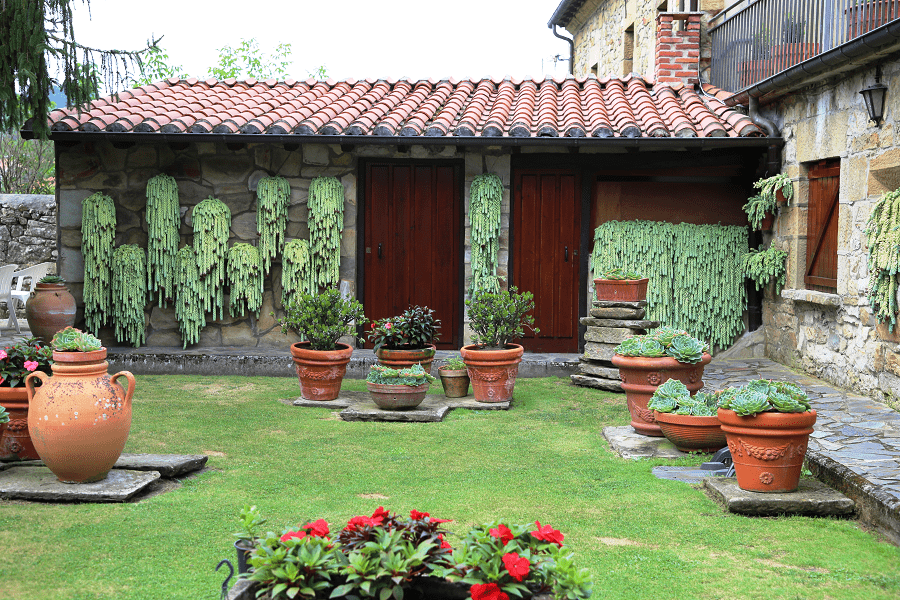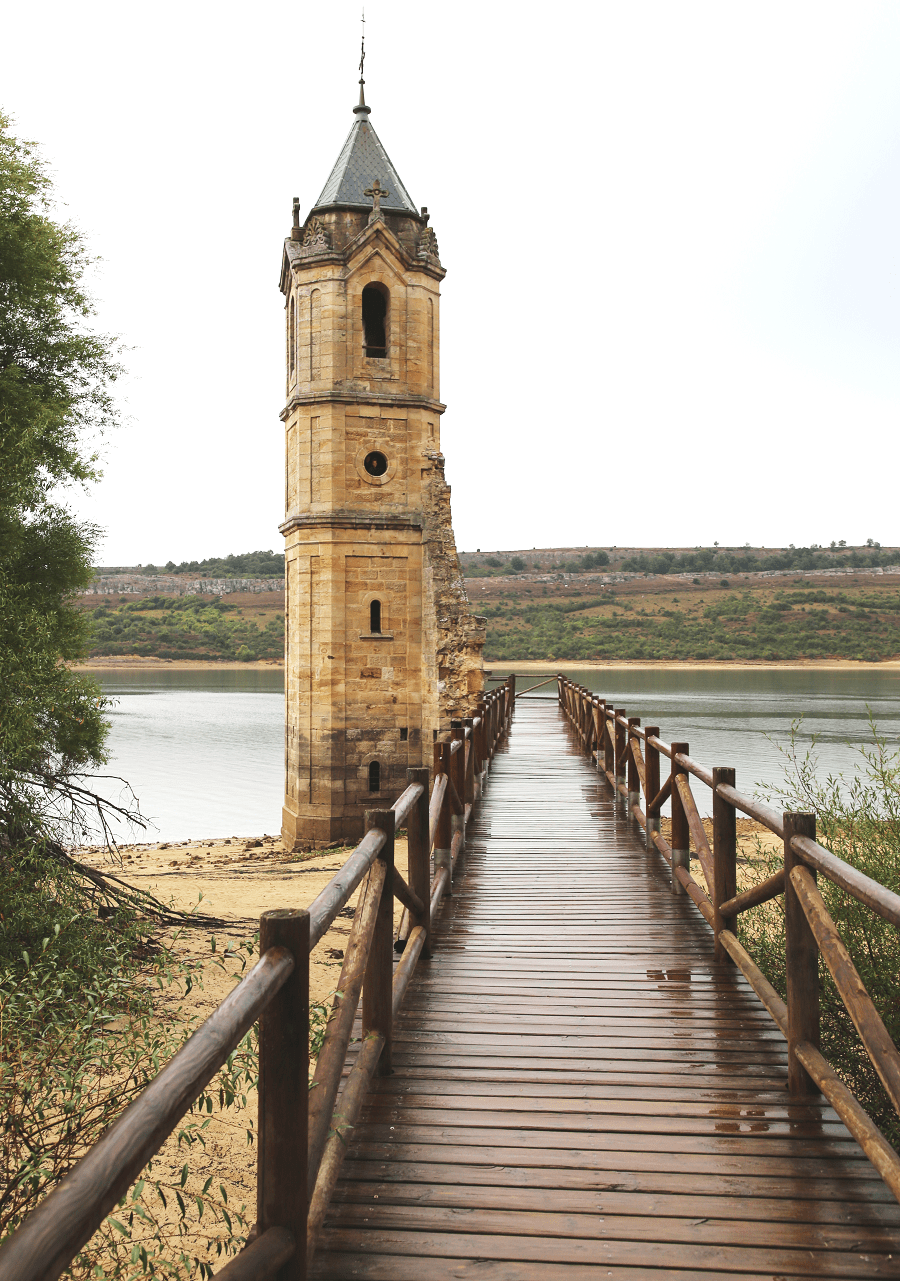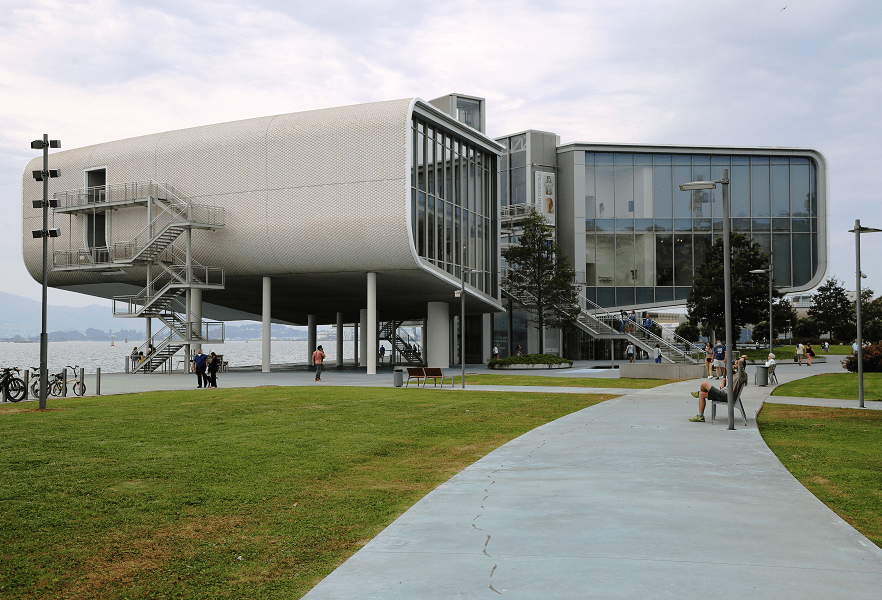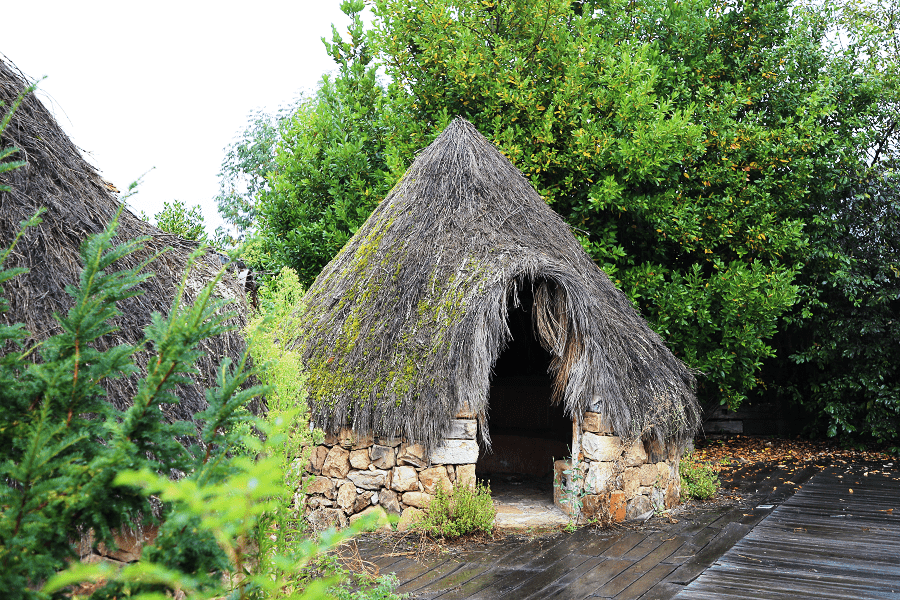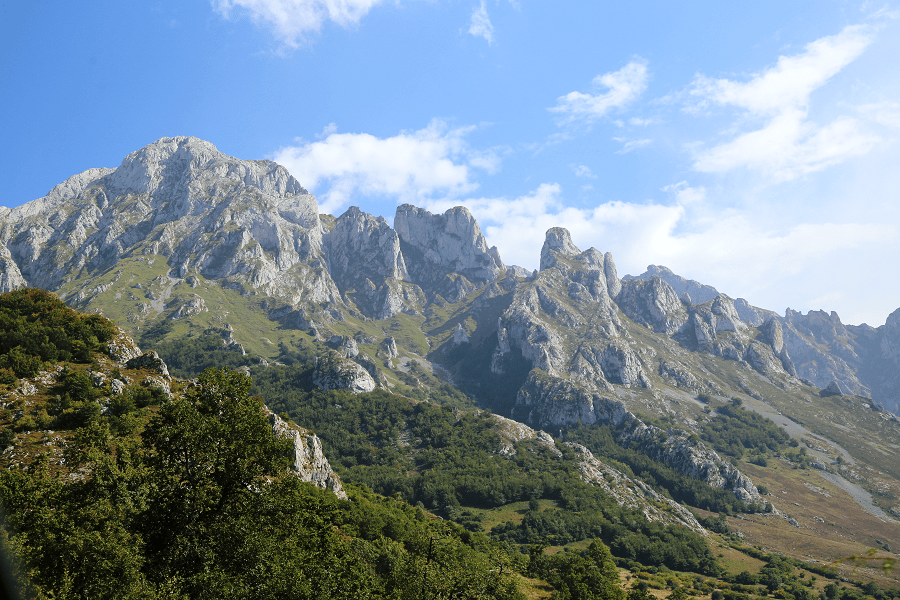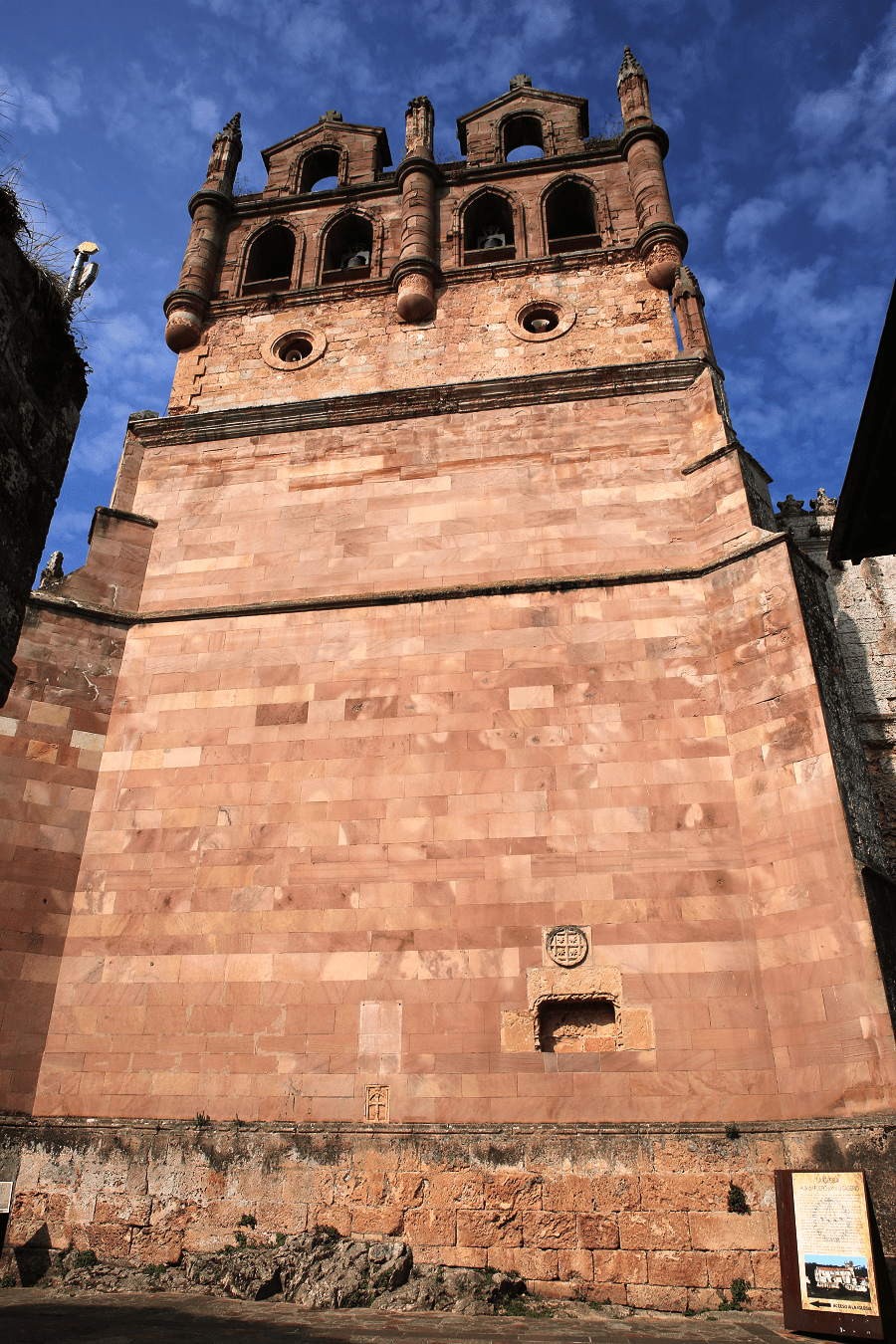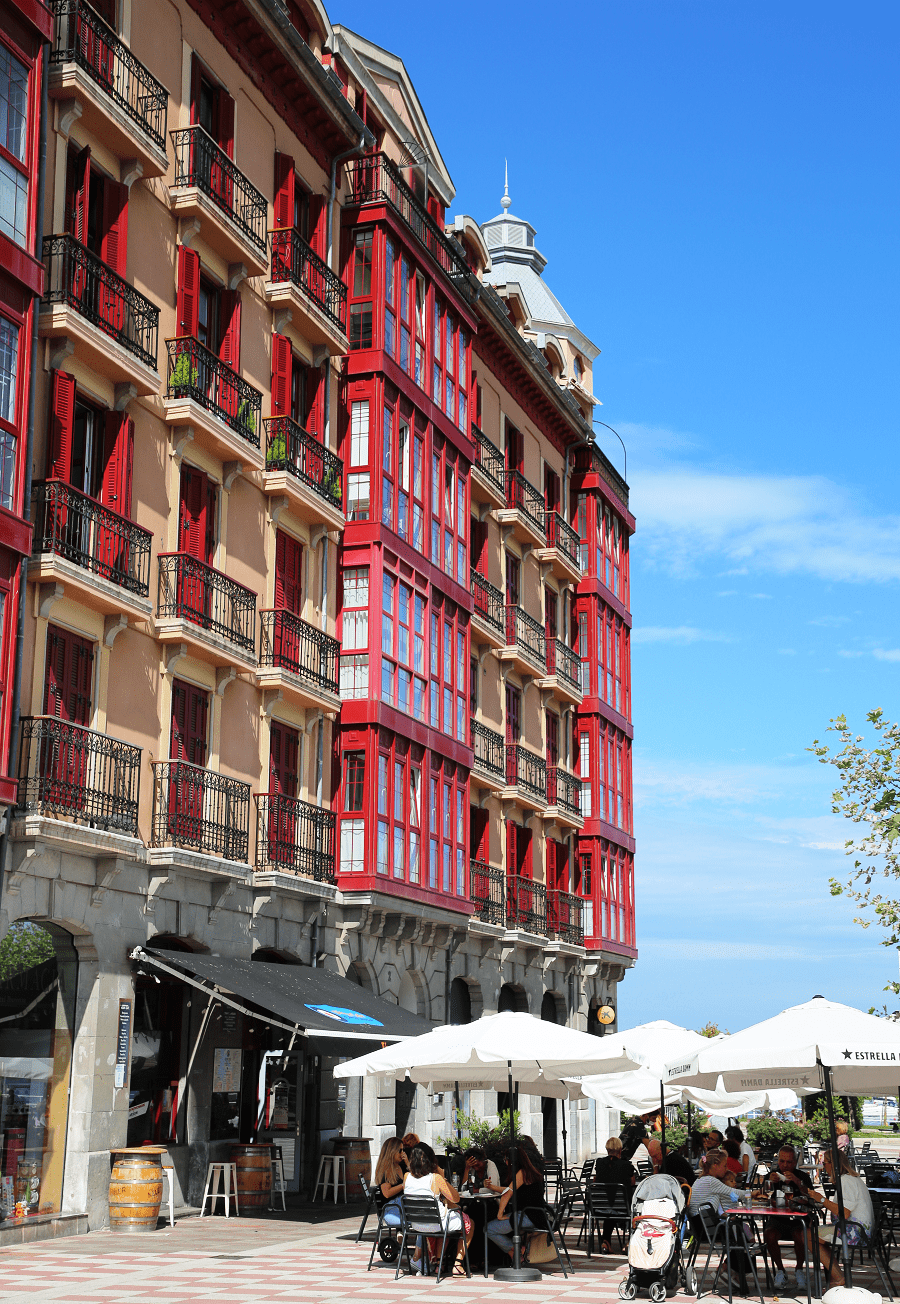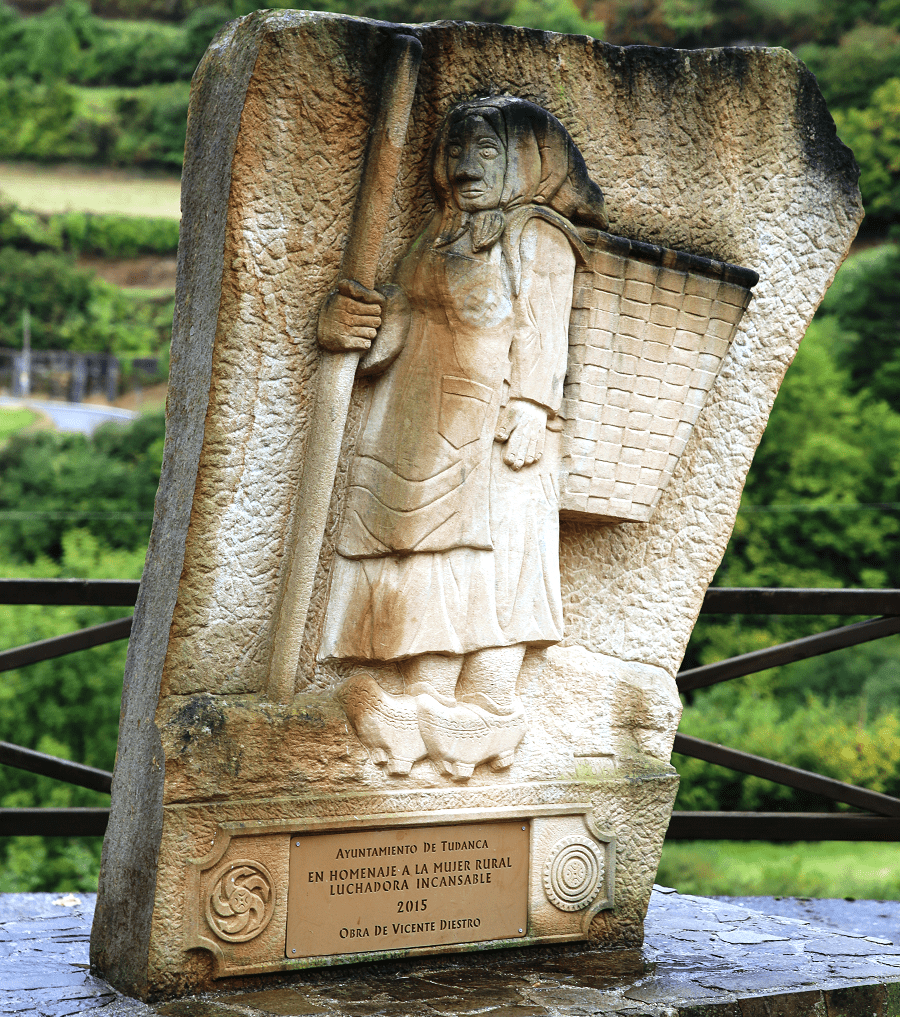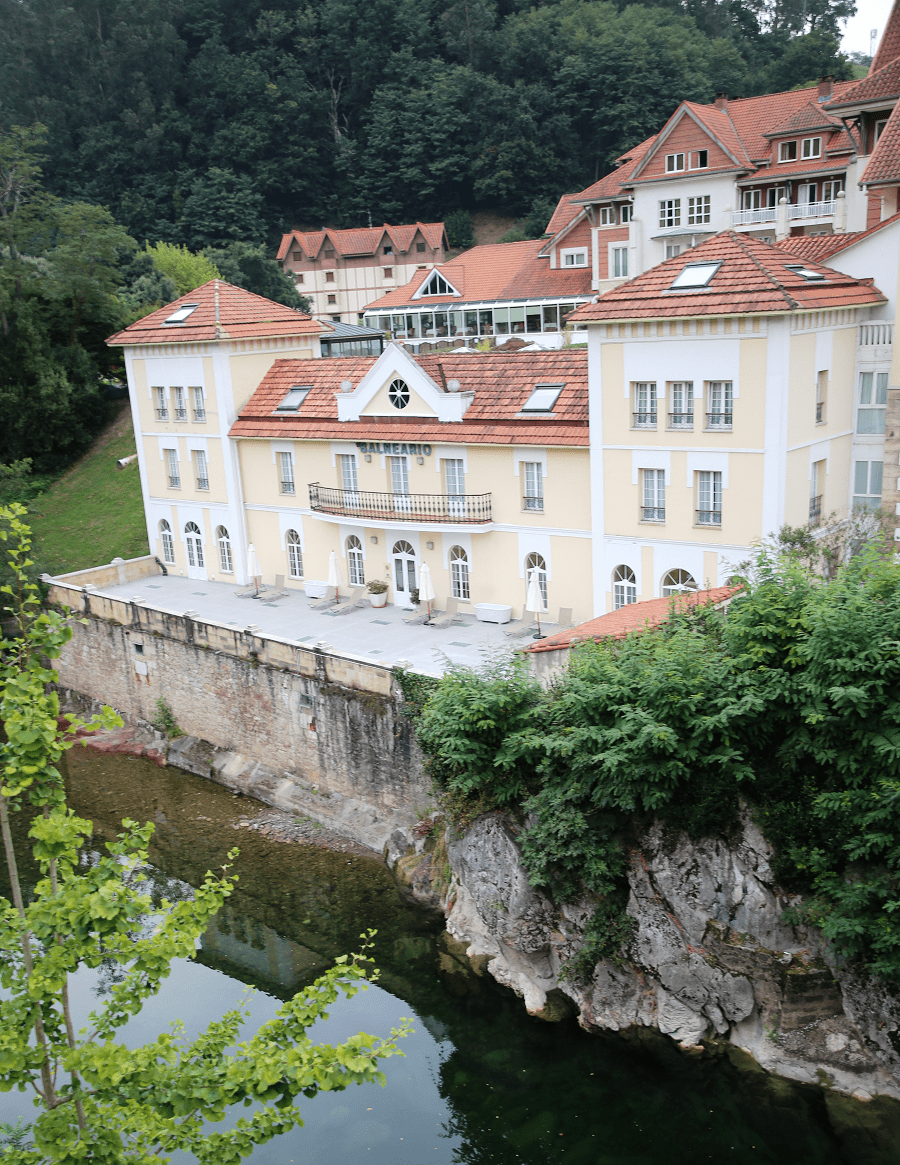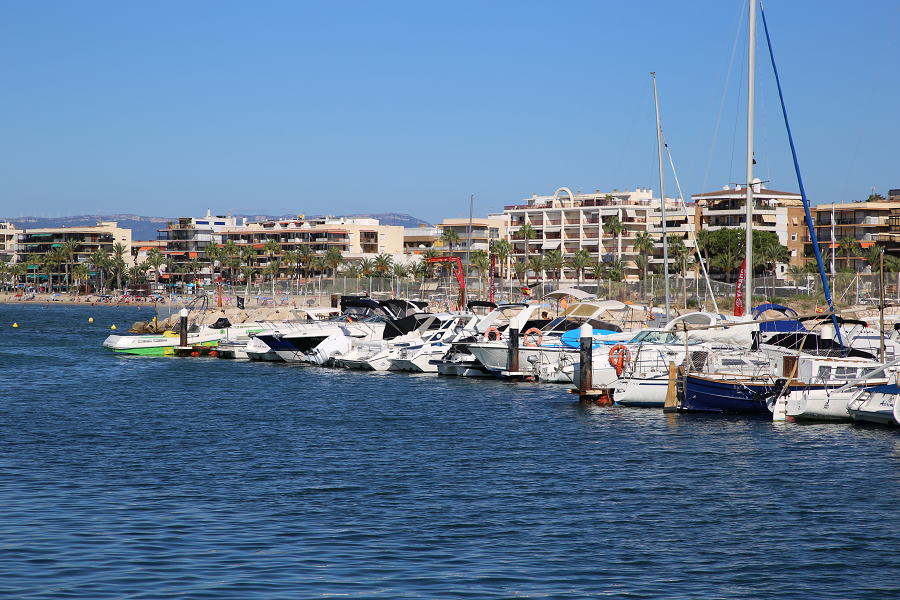Cantabria is an autonomous community in Spain, defined as a historical community in its Statute of Autonomy.
It is limited to the east with the province of Vizcaya (Basque Country), to the south with the provinces of Burgos, León and Palencia (Castile and León), to the west with the Principality of Asturias and to the north with the Cantabrian Sea.
The city of Santander is its capital and most populous municipality, followed by Torrelavega.
It has a strong historical link with the Duchy of Cantabria, the Asturias de Santillana, the Brotherhood of the Four Cities and the province of the Nine Valleys.
Cantabria has archaeological sites from the Upper Paleolithic period, although the first signs of human occupation date from the Lower Paleolithic. The most significant site for cave paintings is the cave of Altamira in Santillana del Mar, dating from about 37,000 BC and declared, along with nine other Cantabrian caves in Puente Viesgo, as World Heritage Sites by UNESCO.
Since 2015, the ways of Camino de Santiago (de la Costa and de Liébana) have been recognized as a World Heritage. This category includes as individual properties the church of Santa María de la Asunción de Castro-Urdiales, the collegiate church of Santa Juliana de Santillana del Mar, and the monastery of Santo Toribio de Liébana. The latter, a holy place of Christianity, is the pilgrimage center of the Lebaniego Jubilee Year due to the papal bull it received in 1512.
Tourism and main attractions
Costa Cantabria is the main tourist destination of the region. The Cantabrian coast extends along the entire coastline of the homonymous region and is divided by the Costa Vasca to the east and the Costa Verde (Green Coast) in Asturias to the west.
Cantabrian waters vary between 11ºC in February and 20ºC in August, a small change due to the Gulf Stream, which in winter keeps the waters at a temperature higher than that which would correspond to their latitude.
Today, Cantabria offers over 220 kilometres of coastline, with over 90 beaches in fantastic natural settings.
The architecture of Cantabria has a long history. In medieval times, artistic individuality was subordinated to ingenuity in civil works. Late Gothic, Plateresque, and Renaissance architecture later played a role in Cantabrian architecture, as did the province’s mountain quarries. The contemporary era is dominated by a regional architectural tradition incorporating diverse influences from around the world.
The traditional mountain architecture of Cantabria, even with its differing local varieties, is a cultural heritage preserved over time. These forms are based on understanding architecture and applied materials, harmony with the Cantabrian environment and climate, and continuing ancestral customs.
Within this vernacular architecture, the Cantabrian house stands out as the most traditional and typical. Cantabrian houses range from humble shepherd huts to the palaces and mountain mansions of the rich, from traditional mountain homes to the modest huts of the Pas Valley.
The Picos de Europa are a mountainous massif located in the north of Spain that belongs to the central part of the Cantabrian mountain range. Although not extensive, its proximity to the sea makes it abundant in geographical features of great interest.
Currently, the Picos de Europa National Park is Spain’s second most visited national park, after the Teide National Park (Tenerife).
TOP places to visit
Abbey of Santa María de Viaceli
Bárcena Mayor and its rural architecture
Carmona and its rural architecture
Castro-Urdiales – a Historic-Artistic Site
Comillas – the Spanish royal resort since 19th century
Ebro reservoir – one of the largest reservoirs in Spain
Laredo – a Historic-Artistic Site
Liérganes – a historical-artistic complex
Picos de Europa – national park
Santander – the capital of Cantabria
Santillana del Mar – a Historical-Artistic complex
Santo Toribio de Liébana monastery – a National Monument
San Vicente de la Barquera and its attractions
Torrelavega and its attractions
Festivities of National Tourist Interest
- La Vijanera (Europe’s first winter carnival) (first Sunday in January) in Silió.
- Sailor Carnival, February 24 in Santoña.
- La Folía, Sunday after Holy Week in San Vicente de la Barquera.
- Fiestas del Coso Blanco, first Friday of July in Castro-Urdiales.
- The Living Passion, Good Friday in Castro-Urdiales.
- Mountain Day*, second Sunday in August in Cabezón de la Sal.
- Floral Gala, August 20 in Torrelavega.
- Battle of flowers, last Friday of August in Laredo.
- Campoo Day, last Sunday of September in Reinosa.
- Cantabrian Wars, last weekend of August and first weekend of September in Los Corrales de Buelna.
- Orujo Festival, second weekend of November in Potes.
Transport and how to get to?
By air:
The region is served by the Seve Ballesteros–Santander Airport (SDR), located four kilometres south of the city centre. It is an international airport and the only airport in Cantabria.
By sea:
There are ferry services to and from Portsmouth and Plymouth in the United Kingdom and Cork in Ireland, all operated by Brittany Ferries.
By train
Santander railway station serves three million annual passengers. Direct communication with Madrid, Barcelona and many other cities of Spain.
Distance by car then capital of Santander to other capital cities of Spain
From Madrid 4 hr 32 min (455 km) via A-67
From Santiago de Compostela 4 hr 50 min (491 km) via A-8
From Oviedo 2 hr 7 min (194 km) via A-8
From Vitoria-Gasteiz 1 hr 56 min (162 km) via A-8
From Pamplona 2 hr 45 min (253 km) via A-8
From Zaragoza 3 hr 59 min (401 km) via AP-68
From Barcelona 7 hr 6 min (705 km) via AP-2 and AP-68
From Valladolid 2 hr 36 min (248 km) via A-67
From Toledo 5 hr 6 min (522 km) via A-67
From Valencia 7 hr 12 min (710 km) via A-23 and AP-68
From Mérida 6 hr 5 min (637 km) via A-66 and A-67
From Murcia 8 hr 2 min (840 km) via A-1
From Seville 8 hr 15 min (830 km) via A-66
From Logroño 2 hr 31 min (235 km) via A-8 and AP-68
Main information
Area: 5321 km²
Coordinates: 43°20′00″N 4°00′00″W
Population: 582,905
Languages: Spanish
Currency: Euro
Visa: Schengen
Time: Central European UTC +1



